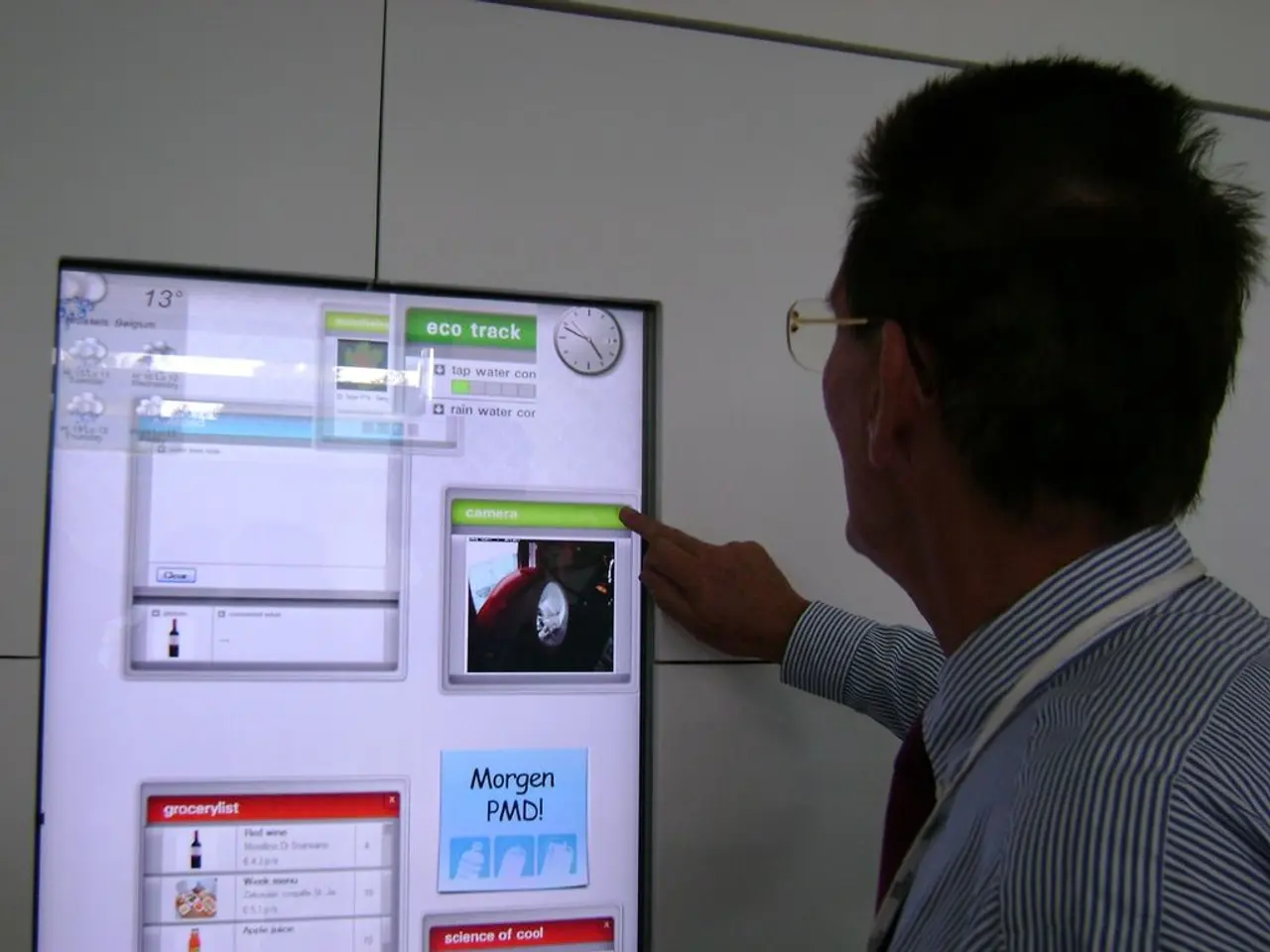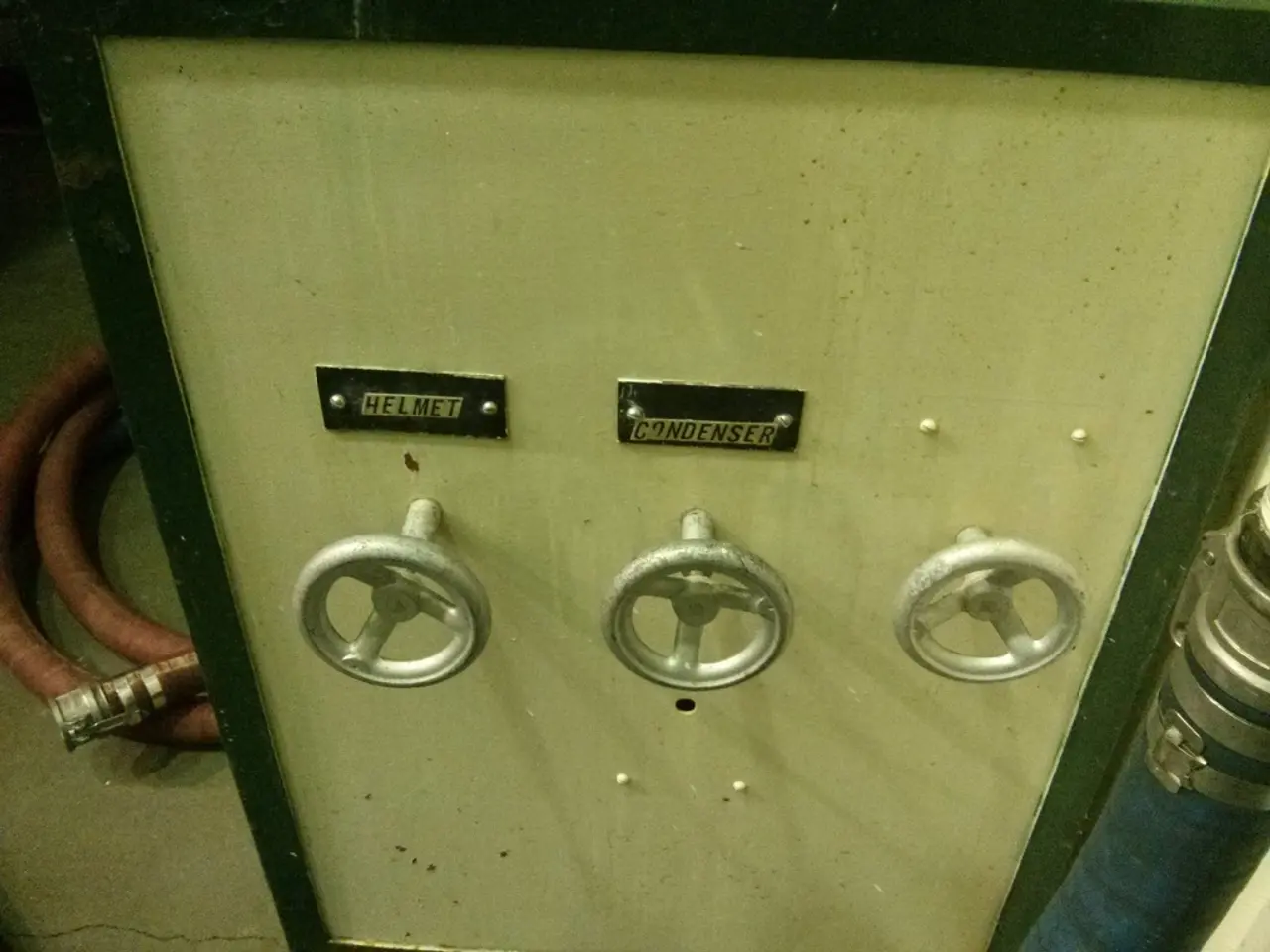Investigating Signal Quality in Fast PCBs through Eye Diagram Examination
In the world of high-speed digital communication, ensuring signal integrity is paramount, especially in printed circuit board (PCB) designs. One crucial tool in achieving this is the eye pattern, or eye diagram, a graphical representation of a digital signal over multiple cycles, formed by overlapping thousands or millions of bit sequences.
## Generating Eye Patterns
The process of creating eye patterns begins with the use of an oscilloscope, a device that captures the voltage over time at critical points on the PCB. This process involves data collection, signal alignment, and diagram creation.
Data Collection: The oscilloscope is used to acquire a large number of signal transitions or bit patterns from the PCB. These transitions are usually captured under specific operating conditions to ensure realistic testing.
Signal Alignment: The captured transitions are then aligned to create a composite view of the signal. This alignment helps in observing the signal's behavior over multiple cycles.
Diagram Creation: Once aligned, these transitions form the eye pattern, which is essentially a two-dimensional representation showing the signal's amplitude on the vertical axis and time on the horizontal axis.
## Analyzing Eye Patterns
The analysis of eye diagrams is essential for evaluating signal integrity, as it helps identify potential issues such as jitter, noise, and distortion.
Key Parameters: - Jitter: Timing variations in signal transitions. A closed eye suggests significant jitter. - Noise: Variations in signal amplitude. High noise levels can reduce the signal-to-noise ratio. - Distortion: Deformations in the signal shape, which can affect the signal's integrity. - Eye Opening: The area within the eye diagram where the signal transitions are most clear and consistent. A larger, more open eye indicates better signal integrity.
Analysis Techniques: - Visual Inspection: Engineers visually inspect the eye diagram to identify any distortions or irregularities. - Metrics Calculation: Specific metrics such as eye height, width, and the signal-to-noise-and-distortion ratio (SNDR) are calculated to quantify the signal quality. - Comparison with Standards: The analyzed parameters are compared against industry standards to determine if the signal meets the required specifications.
## Techniques for Enhancing Signal Integrity
Two common techniques used to improve signal integrity are pre-emphasis and equalization.
Pre-emphasis: A signal conditioning method applied at the transmitter end that boosts selective high-frequency components of a signal to mitigate inter-symbol interference. Excessive pre-emphasis, however, can cause distortion in the eye diagram, particularly in high-speed serial communication links.
Equalization: A technique that selectively amplifies high-frequency signals to compensate for frequency-dependent losses introduced by transmission media, positioned at the receiving end. Equalizers must offer enough bandwidth to restore signal quality at the highest frequencies. They are often programmable or adaptive, allowing them to adjust automatically to different channel conditions and media types. However, excessive equalization can lead to over-equalization, causing new forms of distortion in the eye diagram.
## Maintaining Accurate Eye Diagram Results
Proper oscilloscope placement, bandwidth matching, and testing at both transmitter and receiver ends ensure accurate and meaningful eye diagram results. To accurately reflect system performance, eye diagrams must be generated from many samples, often using pseudo-random bit sequences.
In conclusion, eye patterns play a vital role in ensuring that PCB designs meet performance requirements, especially in high-speed applications where signal integrity is paramount. By understanding the generation and analysis of eye patterns, engineers can identify and rectify potential issues, ultimately leading to more reliable and efficient digital communication systems.
Controlled impedance technology is crucial in creating accurate eye patterns, as it helps minimize signal reflections and distortions that might occur on the PCB, leading to a more precise representation of the signal transitions.
The analysis of eye patterns benefits significantly from advanced technologies that offer high-resolution bandwidth and sampling rates, enabling engineers to identify and rectify issues such as jitter, noise, and distortion more effectively, thus ensuring better signal integrity in high-speed digital communication systems.




